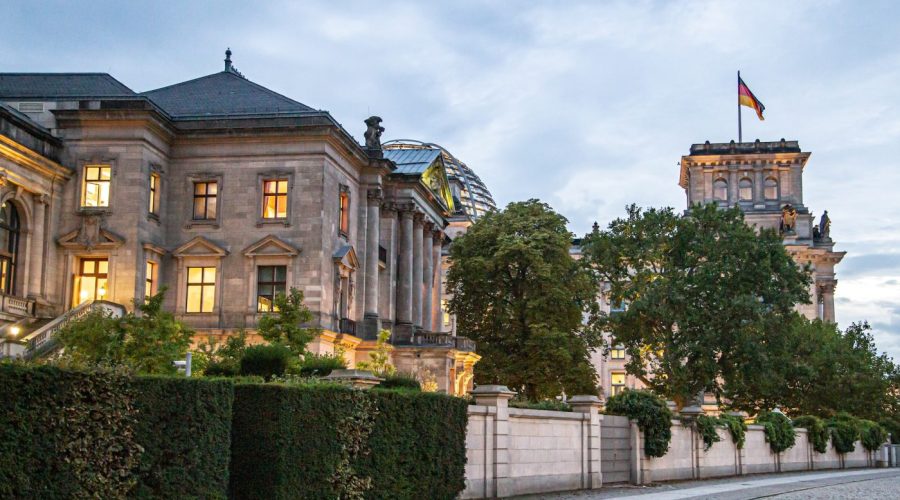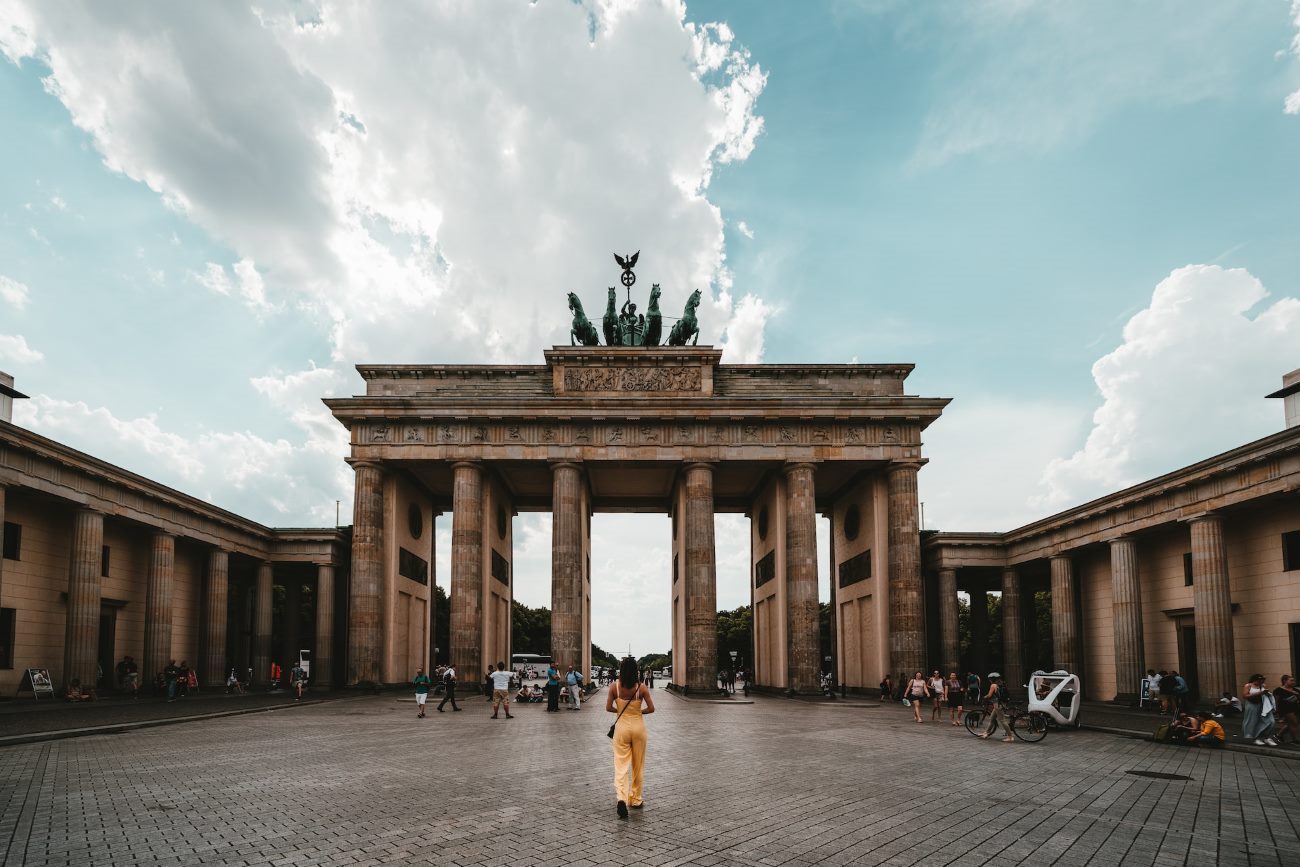Why Didn’t the West Actively Tear Down the Berlin Wall?
The subject of why the Western powers waited to destroy the Berlin Wall creates frequent discussion among scholars. The intricate political situation together with historical elements from that period require our attention to understand this matter.
The Cold War and the Division of Germany
History recorded the Berlin Wall construction of 1961 as an important event that created permanent divisions between East and West Germany. During the Cold War both the United States and Soviet Union faced maximum tensions while competing against each other through capitalism versus communism.
The post-war Germany received four distinct occupation zones through the control of United States and Great Britain and France and Soviet Union forces. Berlin divided itself exist between Soviet and four other powers after it became situated within Soviet occupied territory. The growing East-West tensions pushed thousands of East Germans to escape from the poor conditions toward the financially stronger Western territories.
Fear of Soviet Aggression
Military confrontation with the Soviet Union was the main reason why Western powers maintained hesitancy regarding stronger action against the Berlin Wall. The Soviet-controlled East German administration considered the wall construction as a protective barrier designed to stop people from fleeing and safeguard its socialist system from instability.
Any direct Western intervention seemed risky because it might transform the situation into a possible expanded dispute. People recalled the danger of the 1962 Cuban Missile Crisis during which a nuclear war approached dangerously close. The international Western countries recognized the dangers of confronting Soviet control through direct measures.
Cold War Realpolitik
Western politics based on realpolitik provided the foundation through which officials reacted to the Berlin Wall situation. Leaders from Western nations chose practical measures to handle the wall situation by focusing on enduring objectives rather than taking immediate actions against the structure.
Besides recognizing the flawed nature of current circumstances diplomats from Western countries believed diplomatic talks combined with economic imposition could result in eventual change. Western diplomats trusted their endurance would defeat the Soviet bloc based on the built-in flaws of communist economies which could not sustain their operations effectively.
Containment Strategy
The West utilized containment policies across the Cold War thus affecting their choices during the Berlin Wall situation. Containment provided a strategy to stop communist growth without starting open conflicts against communist forces. The West chose to restrict communism until the regime eventually failed through passive containment measures.
Negotiations and Détente
The West maintained different discussions with the Soviet Union across numerous years while trying to reduce tensions and establish diplomatic agreements. The earnest efforts to lessen tensions between communist and capitalist blocs resulted in the creation of détente as a policy framework during the late 1960s and early 1970s.
The West used diplomatic pathways and dialogue as tools that would bring lasting alterations instead of forcing military engagements or dangerous initiatives. Through peaceful discussions combined with economic motivators together with international solidarity building they aimed to make democracy and liberty gain dominance eventually.
Public Opinion and Moral Support
Public opinion acted as a vital force and backed the German reunification movement even though the Western powers did not orchestrate any efforts to physically destroy the Berlin Wall. Global politicians together with activists joined citizens in showing their backing for individuals who resided east of the Iron Curtain.
Symbolic Representations
The Berlin Wall functioned as an emblem which displayed the absolute opposite nature between freedom and oppression in the split world. The increasing public awareness compelled leaders to both notice the reunification issue and develop strategies that would advance its cause.
Peaceful Protests and Movements
West German activists together with student protesters organized non-violent demonstrations which raised international recognition about the situation. During the 1963 meeting President John F. Kennedy delivered his speech “Ich bin ein Berliner” to show worldwide backing for Berlin residents enduring their hardship.
Evolution and the Fall of the Wall
Ongoing public pressure and adaptations in political conditions led to the eventual collapse of the Berlin Wall even though direct fast-action solutions were not executed. The East German authorities granted public demands for freedom by opening the borders after peaceful demonstrations grew too big to ignore throughout 1989.
Conclusion
Geopolitical factors together with pragmatic political methods and diplomatic beliefs about future success led the West to adopt a passive stance toward the Berlin Wall. International diplomacy alongside advocacy of peaceful actions and ongoing public activism from the West resulted in the eventual collapse of this representation of conflict and repression.
Table of Contents



